You don’t have to be a professional writer to capture your stories in a meaningful way; there’s a little bit of the storyteller in all of us.
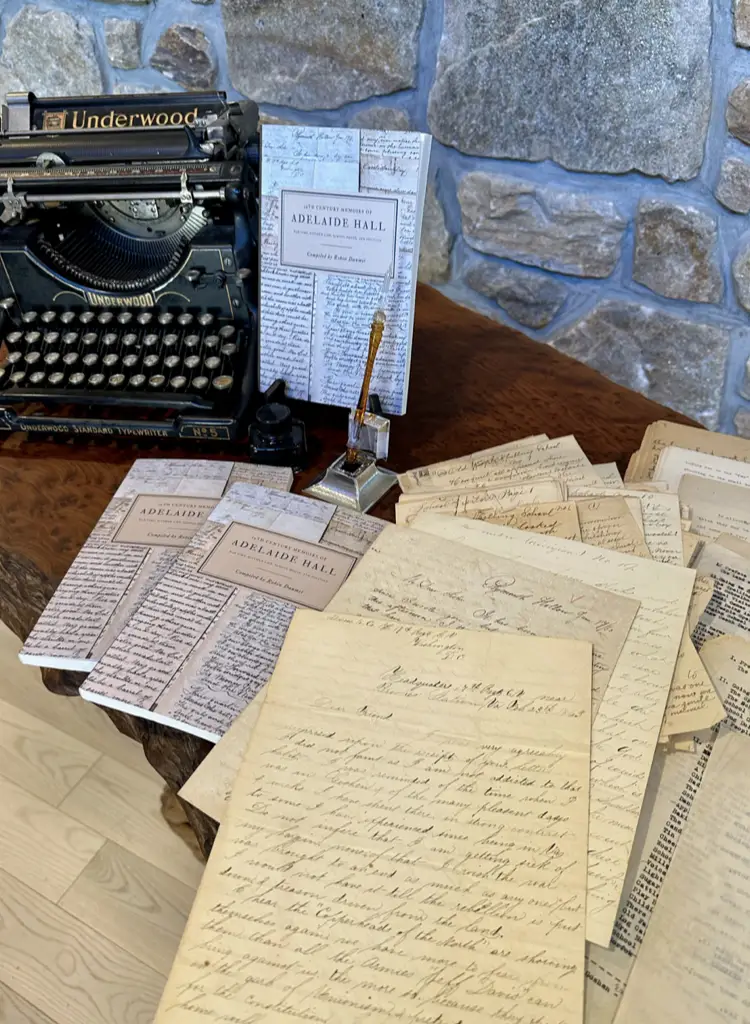
Your Story Is About You
How we choose to tell our personal story is as personal as the stories themselves, therefore our writing process should be one of personal experiences.
Call it what you want; memoir, autobiography, or simply your creative nonfiction. Turns out though, it isn’t as easy as you thought it would be to write, am I right? It’s no wonder many an autobiography gets written by professional ghostwriters.
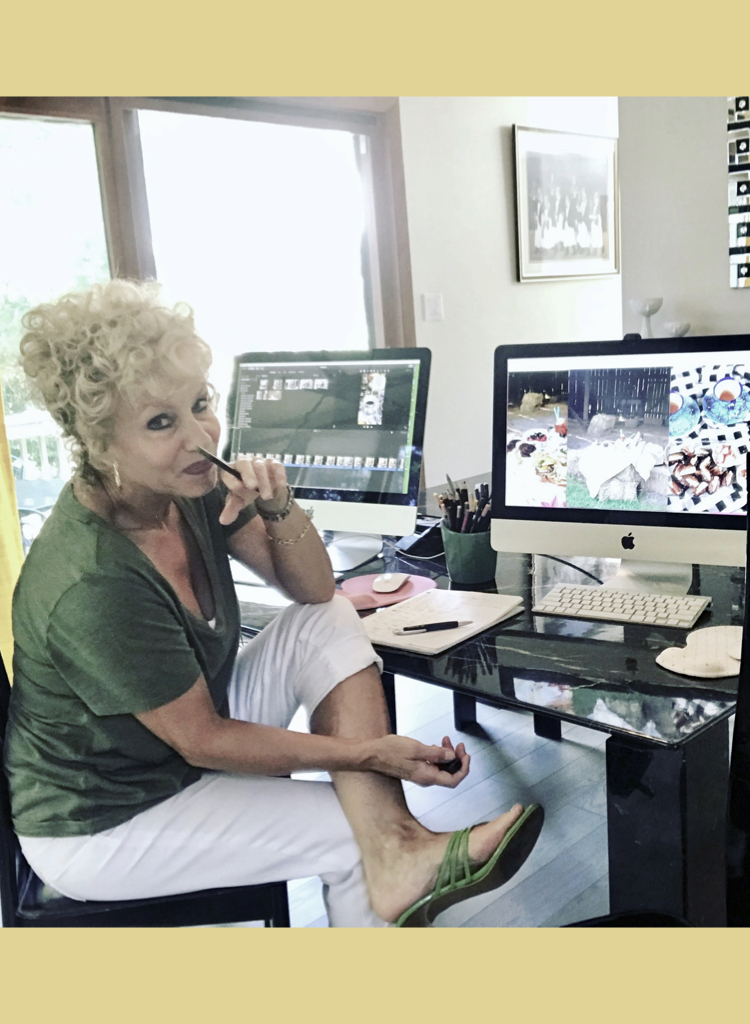
Who Are My Stories For?
The most important answer to that question, is that they are for you!
Oh sure you may have family that would enjoy to read your story, or perhaps your stories are so unique you might consider publishing them.
However, the most important person these stories are for, is for that little you, inside your body that has experienced so many things throughout your life that you might be wondering how is it that you are still standing!
Stories, tucked away inside of our memories are Time Treasures, and writing about them can not only be a cathartic experience, but gratifying.
Looking back at all you’ve lived through, realizing your life experiences are what have made you who you are today, can feel like a huge hug to yourself.
A True Story With Creative Liberties
It used to be that we kept a journal, a diary, while growing up, many still do to this day. In those private writings, kept under lock and key, our quiet time thoughts could be about a variety of topics; a specific event past or present time, fears and concerns, anticipation for the days ahead, maybe even an ongoing love story.
These personal stories can be about things that happened, things we wish had happened, or even take liberties to embellish the grey areas in between the happenings.
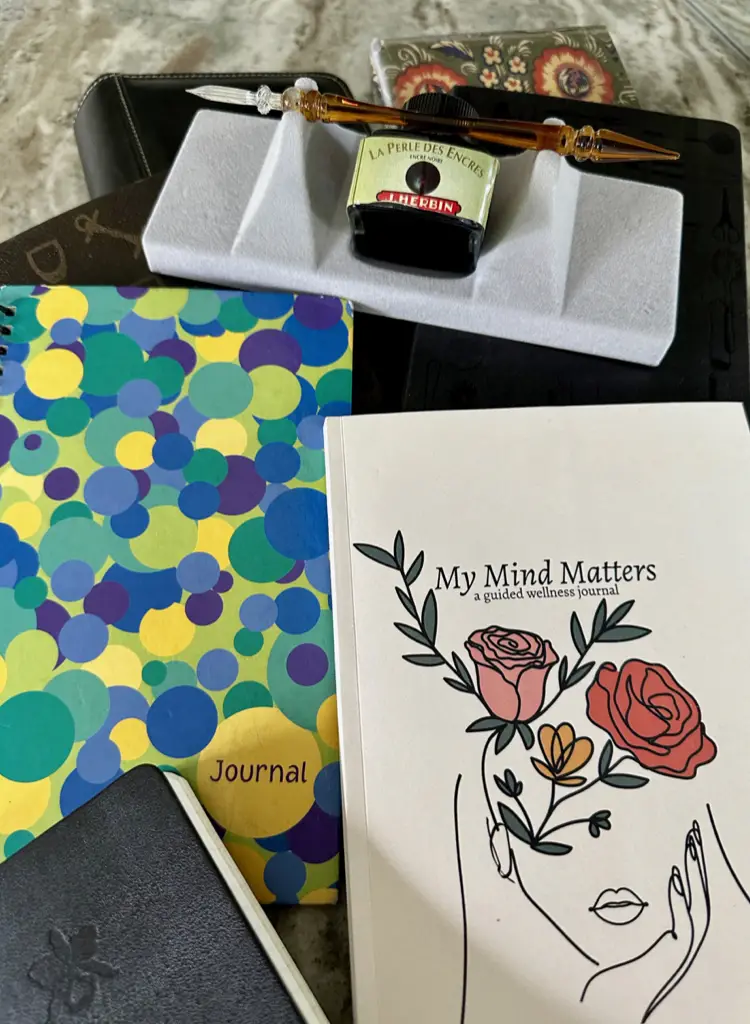
Creative Storytelling
That is pretty much what creative nonfiction is all about. Sure it documents actual experiences, thoughts and feelings, but it is not limited to those areas.
Creative storytelling can be about travel, interviews, observations, even our own blog is a form of creative nonfiction. I know my blog has been my personal website in which I share years of experience from my kitchen and gardens.
However, we need a practical plan to approach such a daunting endeavor.
Thoughts To Pages – Our Own Memoir
First and foremost, this story is about you, not those who might read it.
Sure they are important, especially if they periodically come into your story, or will be the future generations of your family to be handed down your story, but writing your story doesn’t have to be black and white.
It’s funny how the grey areas of our lives, those areas in between what did and didn’t happen, or even how we perceived them, are the most colorful areas of our lives.
Live On
Perhaps quietly within you lies a witty person who dares not say what you are really thinking, or one of fear, shyness and timidity who thinks in living color but dares not live it.
Now is the time to put all these thoughts to pages, after all it is your life and if you don’t tell your story, it might quietly vanish when you do.
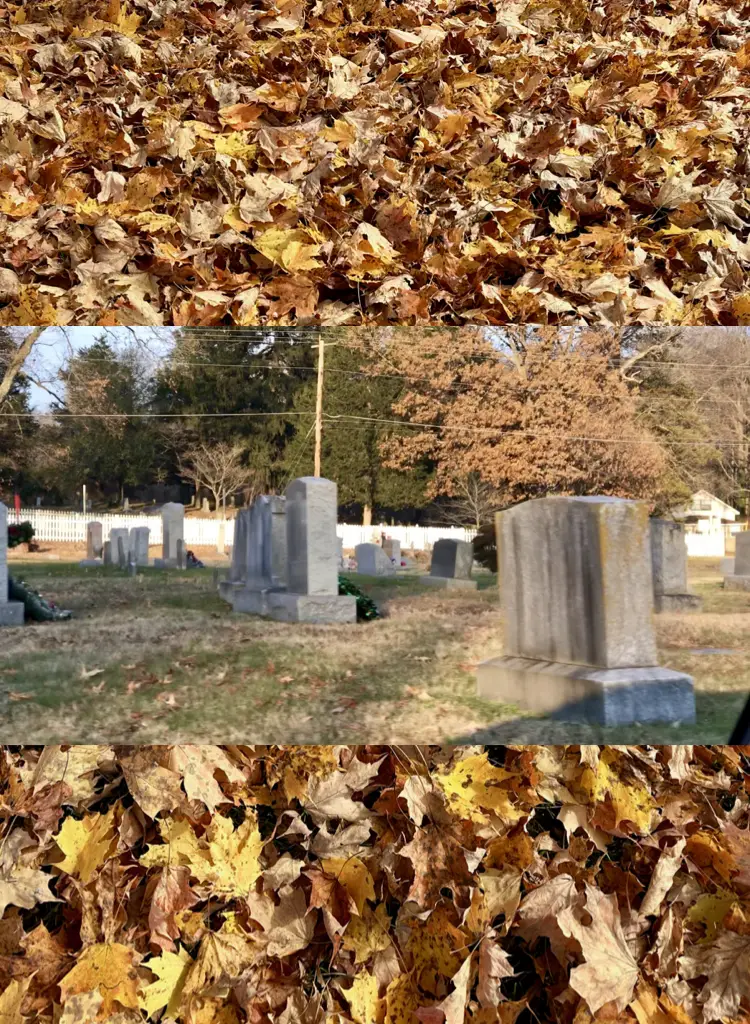
Life Happens
The ole saying ‘can’t cry over spilt milk’ reflects how pointless it is to be upset over things that have already happened and can’t be changed.
This thought is one we could reflect on as we look back into our lives and find the positives, the lessons in what once may have been ‘spilt milk.’
Perhaps the best way to rekindle these thoughts is to have a few family members over for a bite to eat, while sifting through memories together.
They might even share some of their own, or a different perspectives on the same events you remember.
Part of writing involves research, and in vignette writing the research you will be doing is right there within yourself, and those who may have shared them with you.
Subjects such as these, for example, can get the conversation going:
- Didn’t marry the love of my youth because my parents didn’t approve, resulting in an unhappy marriage later.
- My happiest memories are when we lived… but had to move elsewhere.
- My parent’s divorce was never about me, though it felt like it.
- Loss of a loved one…
There are endless events that become a part of who we are now, bring those memories into your stories in whatever way that feels right for you!
Storytelling Themes vs Teaching and Preaching
When we write from a ‘theme’ point of view, we never know who’s life could be touched and influenced by it – good, bad or indifferent. People are often in search of how others have handled similar occurrences as themselves.
However, writing as though we are teaching or preaching life lessons can come across as ‘off putting’, unless the intent is to write self-help books.
No two lives are exactly the same, therefore what works for one, doesn’t necessarily work for another; we are complex people often with different perspectives on life.
Allowing your experiences and how they impacted you to speak for themselves, can have the most compelling affect on the readers.
Great Stories Of Family History
When thinking about what stories you might want to capture, but find you are having a hard time choosing what kind of story you want to tell, some of these themes can help you with a particular story you want to write about:
- Family memories growing up, and the one’s you’ve created in your own family.
- Places you’ve visited and what they meant to you.
- Finding and honing your talents.
- Things few know about you.
- Humor, drama, thought provoking lessons learned.
- Love life.
Yes, I found family stories written 150 years ago tucked in a shoebox from a woman of no relation to me. She clearly intended to publish her memoirs, the stories about her family but it never happened.
Her approach? Just as I have shared with you here; creating an outline or chapters of themes, writing the vignettes from those themes, compiled together her memoir, now published (thanks to me), is a fascinating account for her family life.
You can use this same approach when writing yours.
Hidden Feelings
It’s okay if there are hidden and often protected feelings within our memories and events we don’t talk about.
Take the time, before outlining your story, to create a list of outstanding events that happened in your life and their impact on you.
These could be anything from major and known events, to those that were private and most felt by you.
Take into consideration, that tapping into some of these hidden remembrances can have the ability to resurrect their effect on you, even so on the flip side, could become a cathartic exercise that could result in healing hidden wounds.
Memories store emotions, so give yourself time to reflect on them and how you are most comfortable writing about them.
How To Get Started
There are three helpful places to start, when we approach the task of writing our story, and they can be easily intertwined:
- Themes and Timelines – While starting all the way back to when you were growing up and weaving your stories chronologically to today, might feel like taking a rowboat around the world, start first by just selecting highlights that stand out to you. You can always add to them, or take some away.
- Outline – Once you’ve chosen the themes or timelines you want to focus your writing on, outline the various places, people and stories that will support these aspects of your story.
- Awaken Our Senses – Our five senses have memory hidden within them. Use photos and video, music, smells and sounds to bring these memories to the forefront of your mind, making them an effective writing tool.
The Best Stories Are Often Derived From Vignettes
Whether your intention is to write volumes or keep it simple, a concise approach to the time spent with pen and paper can prove most valuable.
That is where embracing the ‘vignette’ style of writing can make this writing adventure more fun and most manageable.
A vignette is simply a short piece of writing that does not require a beginning, middle and end but focuses instead on a specific moment in time and the details within it.
The word vignette, comes from the French to mean ‘little vines’.
I embraced this concept so much so, when writing my own stories, that I created something visual that offered an easier time as I wrote, offering me a mental picture of what a vignette is intended to be in writing.
I will now share it with you and hope that it works for you.
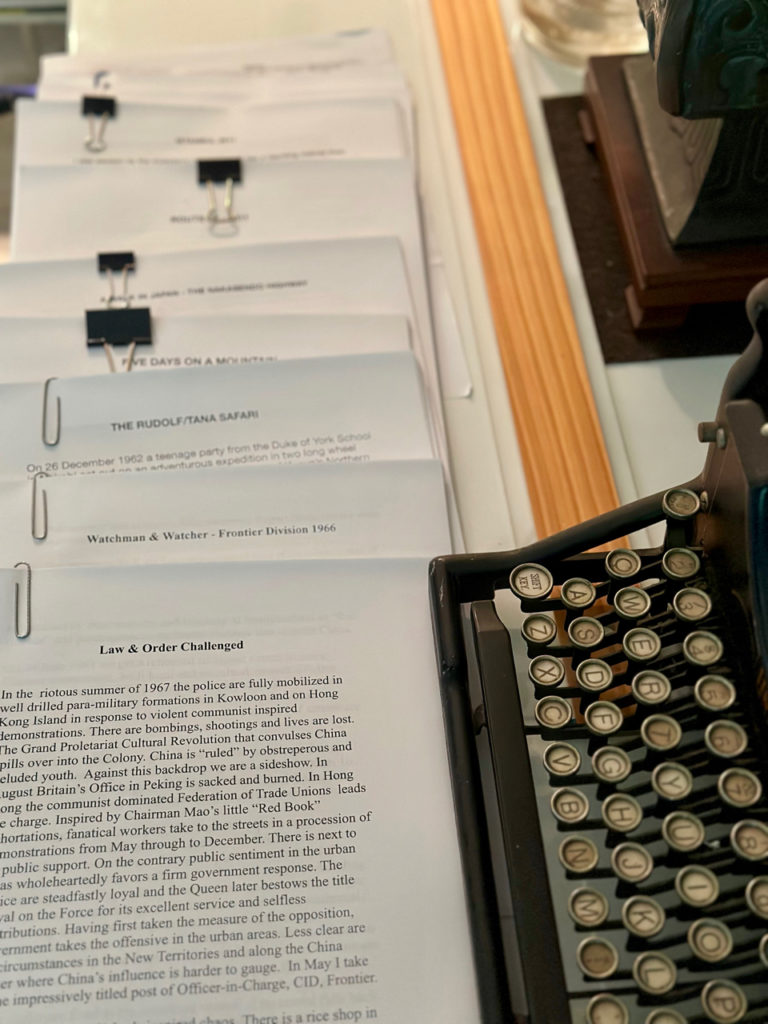
Visual Aids
Since the word vignettes is derived from a vine, I literally used a vine to create this visual aid.
Focus first on a single object, in this case I used a grape leaf. This can be a metaphor for any particular object.
- The leaf has a location, a purpose, it can have texture, even sound as it rustles in the breeze. Focus on you chosen single object; could be a piece of jewelry, an article of clothing, a favorite chair a parent, spouse or grandparent used to sit in.
- Expand the view of the leaf a bit, and there you have small delicate vines connecting one leaf to another, perhaps even the bit of fruit comes into view. Do the same with the object you have chosen to focus on, what surrounds it, who surrounds it, what importance have you attached to it?
- Now step back even further where there are numerous vines surrounding that initial leaf until that single leaf becomes a part of the vineyard, taking your initial object into its entire context and write about who was there, where this was in your life, what happened there, and the many other details that come to mind.
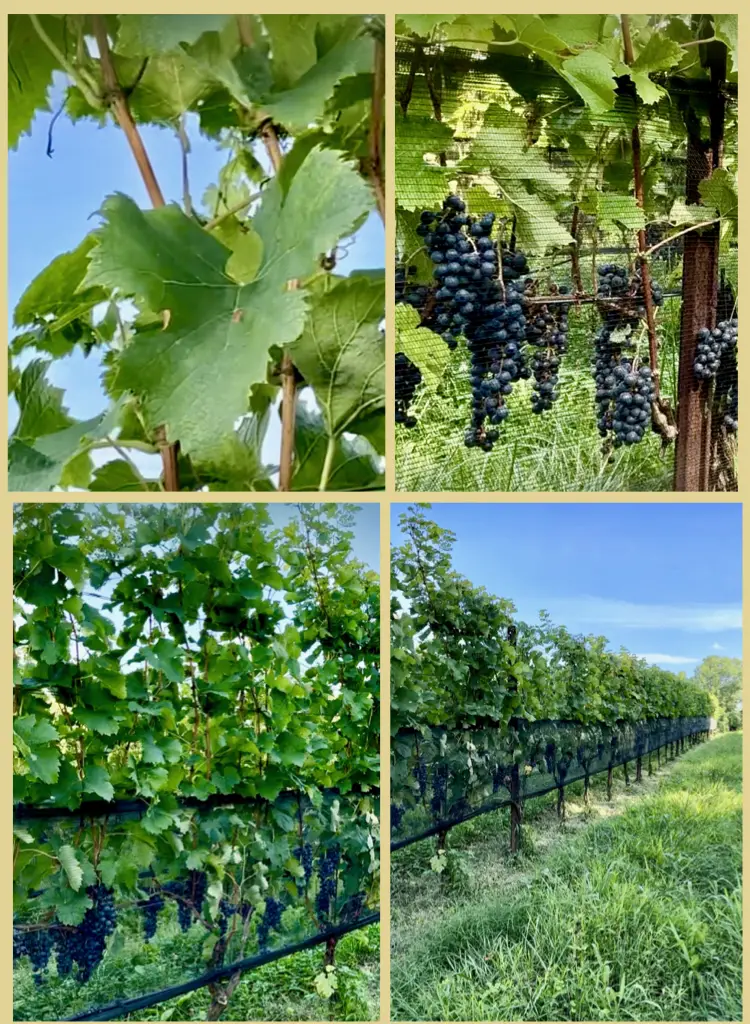
A Picture Tells A Thousand Words
While photos, videos and stock photos can added to the visual experience of your story once it is written, a great way to ignite emotions and memory is to start with photos and videos you already have, much in the same way I have described above.
Visuals have a unique way of rekindling memories and stories, taking them out of context at first and then making the context of their entirety come alive for you once again.
Phone And Album Photos
If you’ve pulled out old family photo albums, alone or with family members, turning the pages on life experiences, easily forgotten memories quickly come to life from a single photo.
Unfortunately or perhaps wonderfully fortunate, all of our photos of recent years are on our phones, which gives us a great resource of visual aids; all the more reason to write your story now while you are the one holding that phone!
This can be a valuable starting point as you formulate themes gathered from your vignettes.
A great memoir is about real life stories, your life events can be more easily formulated into a compelling story with the aid of visuals.
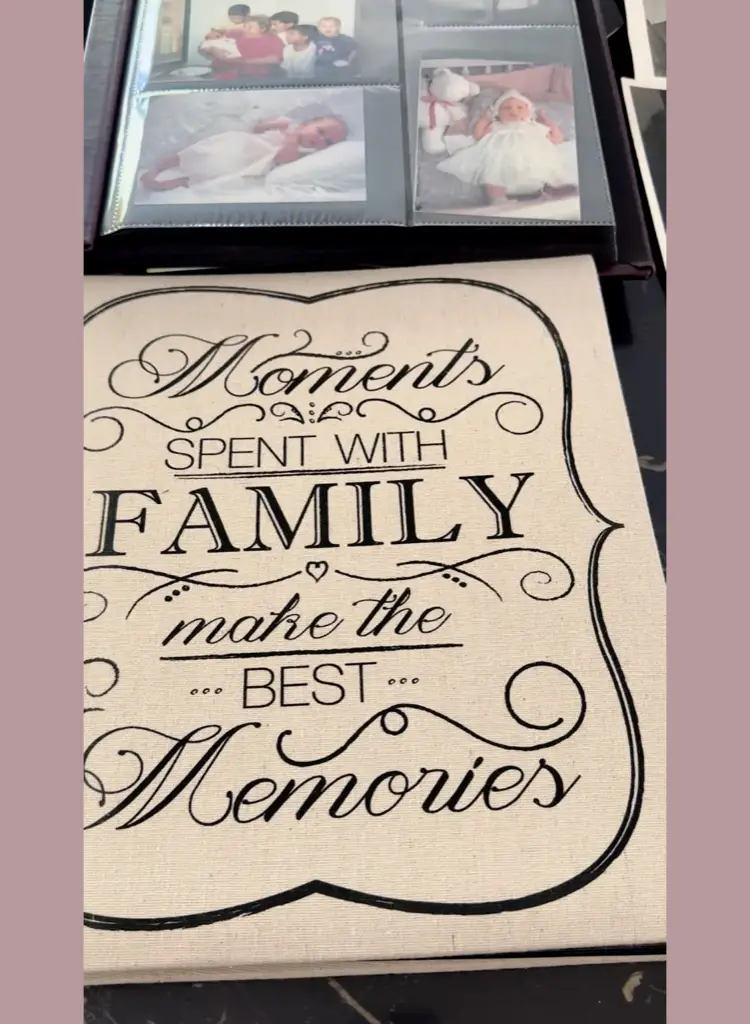
Old Photos And Documents
The use of photographs and videos become an important asset in the visual telling of your stories. Depending on where you are planning to format your ultimate finished project will also depend on the sizing of the photos you will need to resize.
If the need to photograph old documents or photos arises, you will want the clearest photo you can get. Taking a photograph of a photograph or document will require the best possible lighting and background. For this, I suggest purchasing what is called a ‘Light Box’ which has the perfect non-reflective light inside of it. Having overhead shoot ability makes it easiest to snap a clear and properly lit photograph of documents and old photos. This one (available on Amazon), is the perfect size (16×16), for such a job with an affordable price.
Best Thing To Trigger Memories?
Food, yep food, can both trigger memory and be used to deepen the experience of the writer.
While the central theme of your story may have nothing to do with food, I have found it an interesting way to bring a mental scene to life, or simply add richness to the scene you are writing about.
Again, I explain this technique above in the utilization of vignettes that will later become moments within your completed story.
A slice of apple pie perhaps, can stir memories of that slice of life in the autumn seasons where you lived.
Other examples:
- Remember walking into the kitchen in the house you grew up in on a Sunday morning, recall the smell of coffee brewing or bacon cooking; what mental picture does that evoke for you, describe the room, the feelings about that home and those you lived with.
- A time you may have gone fishing, the experience; with whom, where, and the seafood meal that may or may not have happened with that catch.
- A walk through outdoor markets, whether in your home town or far away places you’ve traveled. Food markets represent different things to each of us and often bring our cultural differences together in a place we can all agree upon.
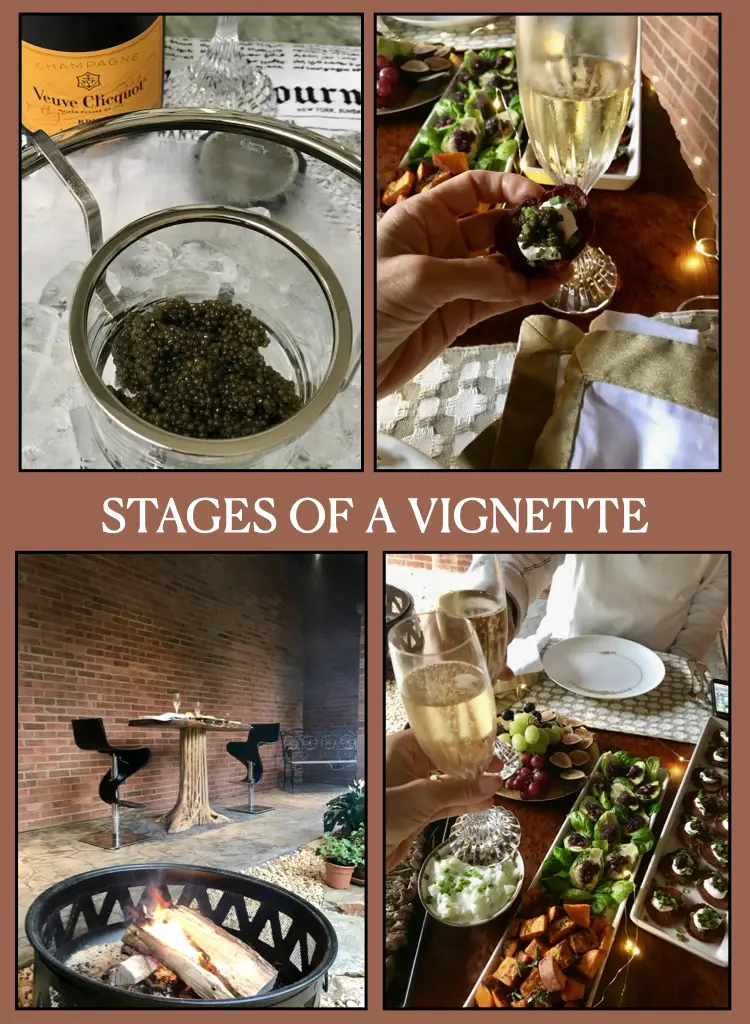
Order Or Not To Order
When we think of an autobiography, we think of order, a historical account of one’s life story.
However, when we think of writing our personal stories, there are a variety of ways to go about that without sounding like a history book.
The friendly aspect of this approach is that ‘rules of grammar’ do not apply.
Writing a personal memoir does not require chronological order; a reflective passage may require a detour, rabbit trails now and then.
Memoirs require the reader to use their imagination as the story unfolds, so by all means, as the writer, use your imagination telling it.
Write as you think or tell a story, not the way you think a favorite book is written.
Nuts And Bolts Of Writing
An outline can prove very helpful as you begin to gather thoughts, so by all means list topics you are sure you want to include. Those topics will quickly lead to the stories connected to them.
Get yourself a bundle of notebooks and a box of pencils with erasers!
Use the voice memos on your phone for those times when taking a long drive or doing a boring task allows you to talk your thoughts out loud while recording them, transfer to notebooks later.

Decide on the time frame you are hoping to write about, the subject matter, those everyday people who will become your supporting actors (so to speak), throughout your stories.
Writers And Storytellers
A writer’s life appears to be messy and scattered for a period of time (literally), until little by little it all comes together into a final piece of work ready to be transformed into a tangible reflection of your life.
Embrace the concept that the point of a memoir is to bring to life those things you’ve carried with you throughout your life, in your mind.
The truth is hidden in the hearts of each of us, and our stories are our truths.
What To Do With Your Story Once It’s Written
Once your story has been captured in written format, there are several ways to transform them into tangible or visual stories to be given as gifts, shared with future generations in your family, or quietly tucked away as your legacy.
- A basic booklet, printed with spiral binding by a local print shop, such as Office Depot or Staples are an easy first option, one that can include lots of color photos that concord with the stories. There are also several online companies that do a lovely job of this.
- If you or family members have the talent to paint or sketch, perhaps you would want to take photos of these and use them in and among your stories, a unique and personal touch.
- All out self publishing of your story is certainly an option, and one I myself have done several times using KDP, owned by Amazon, which is free to do, a bit tricky, though they offer a practical guide in the process. Barnes & Noble Book Printing is also another option.
- Perhaps you are a budding filmmaking, as many of us are becoming with the ease in using apps, such as iMovie (for Apple), or Capcut a free video editor along with our phone filmed videos. Using your story to read as a voice over to a collage of videos and photos is a way of turning your true stories into visual storytelling.
Whichever options you choose, the first step is to get your story written!
I hope you have found this inspiring and helpful in your quest to write your story. If so, consider sharing it.
